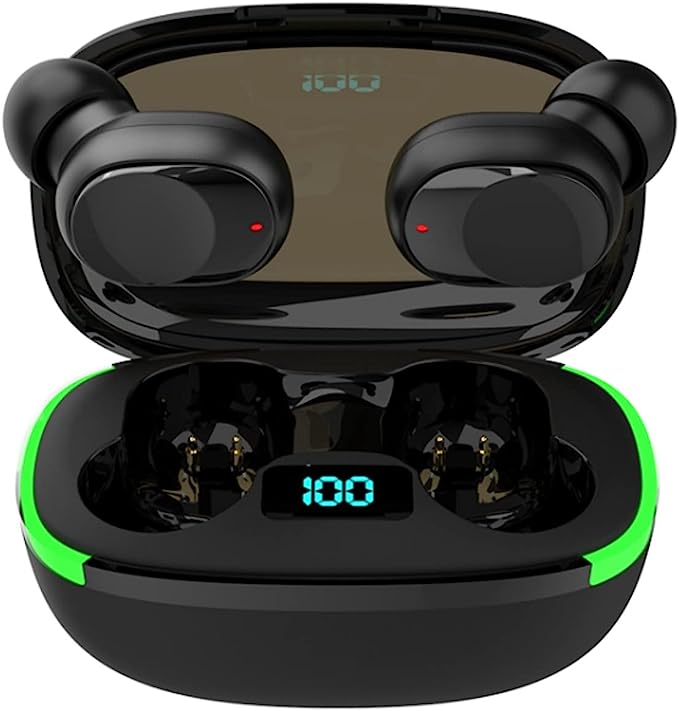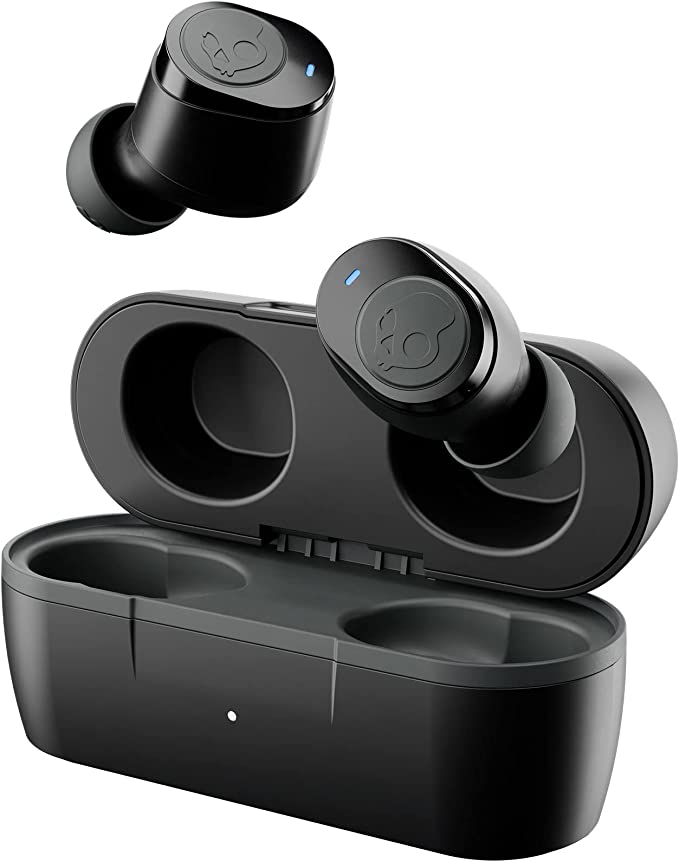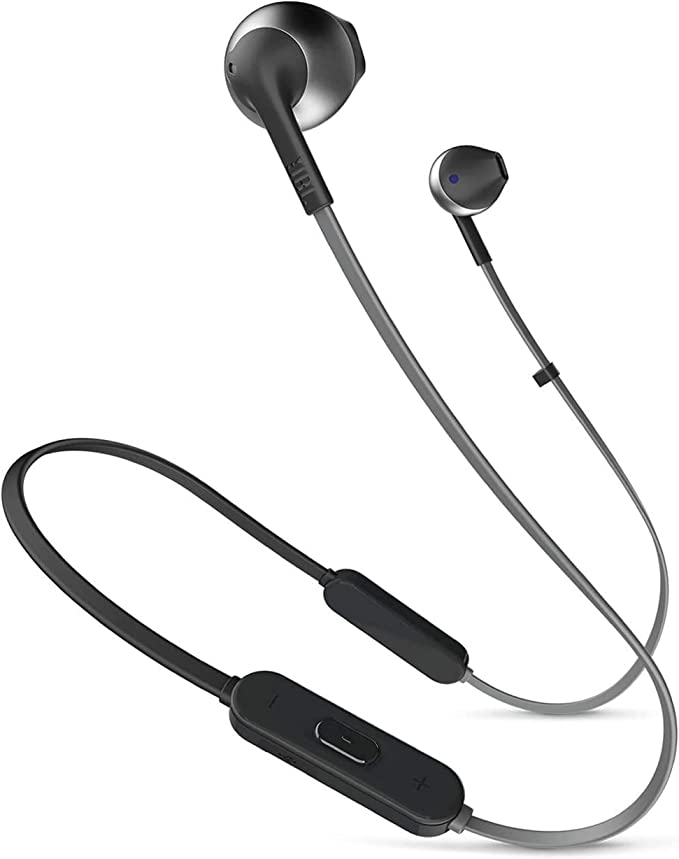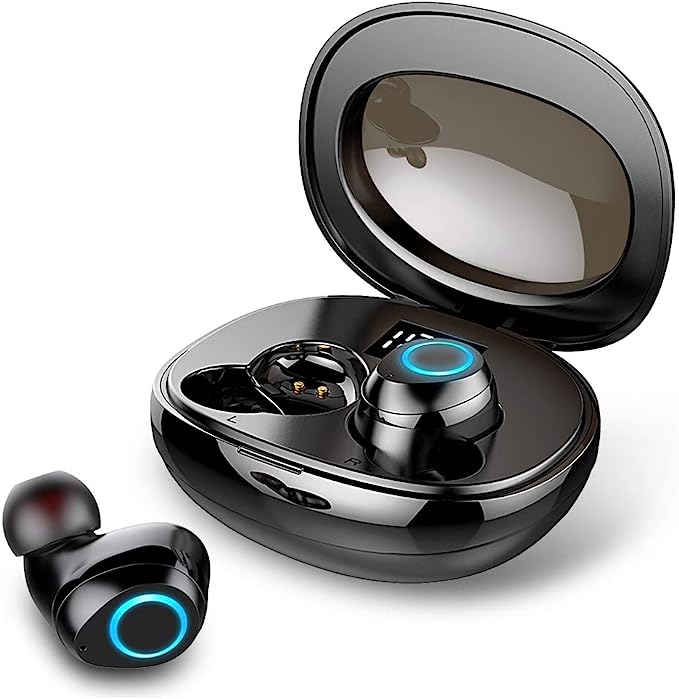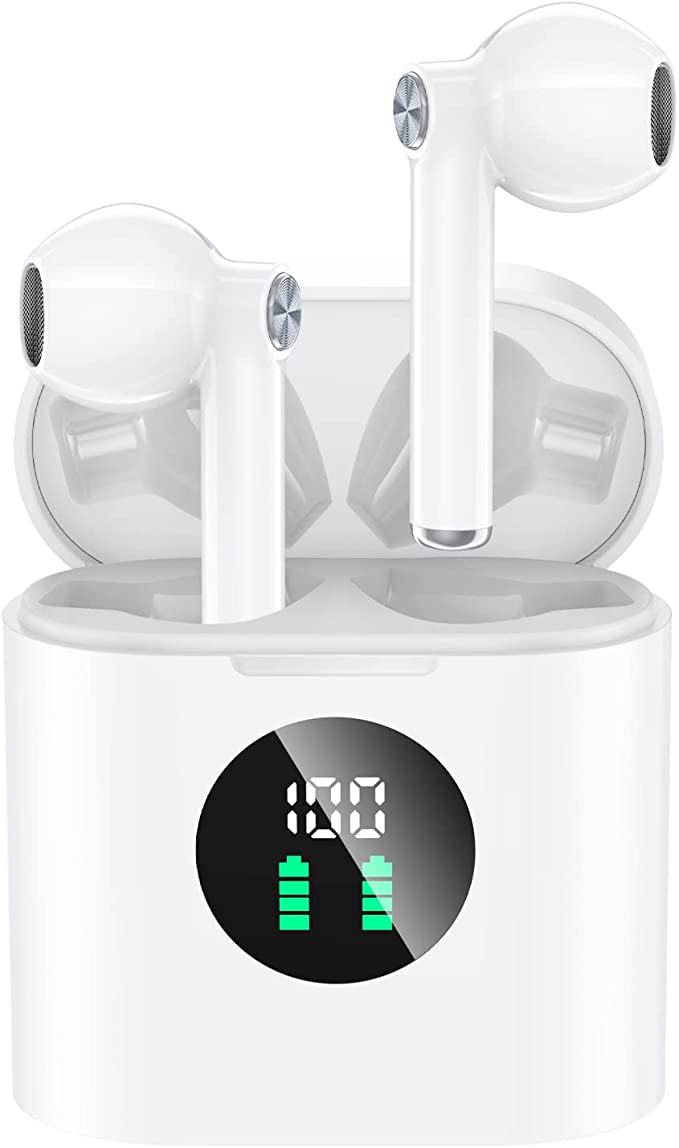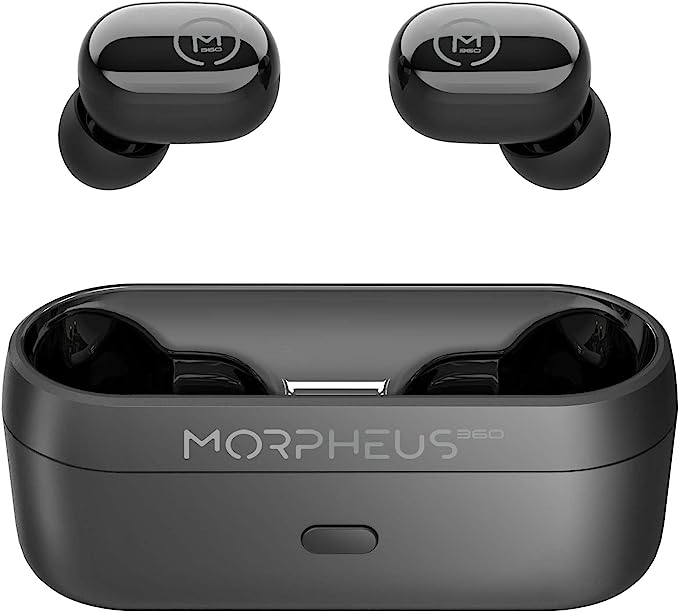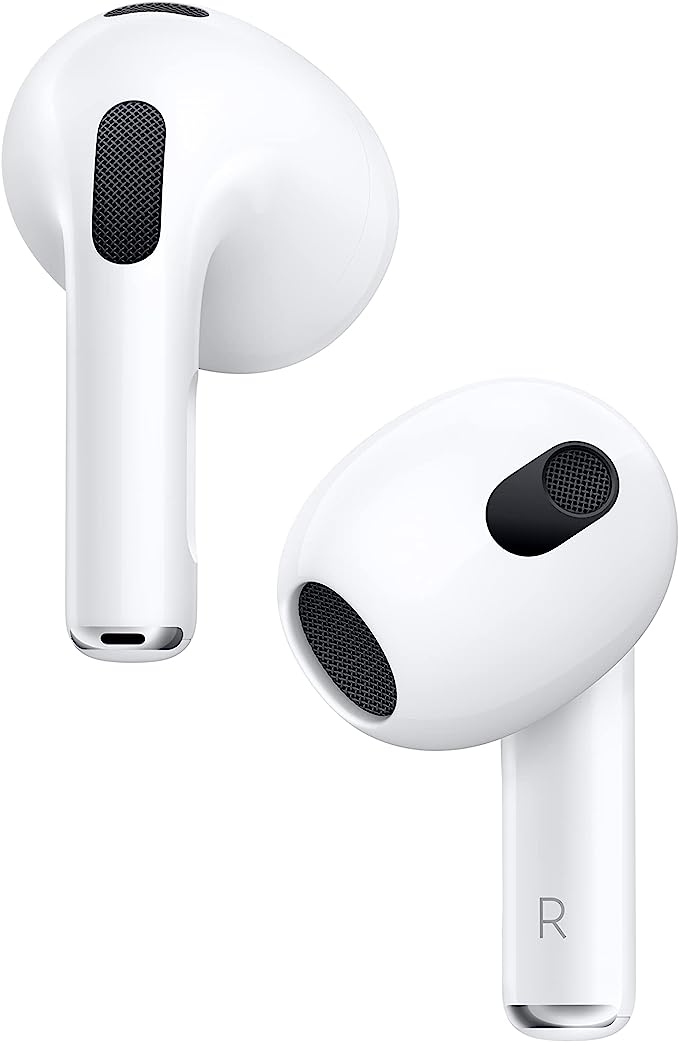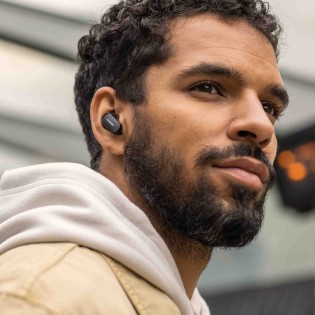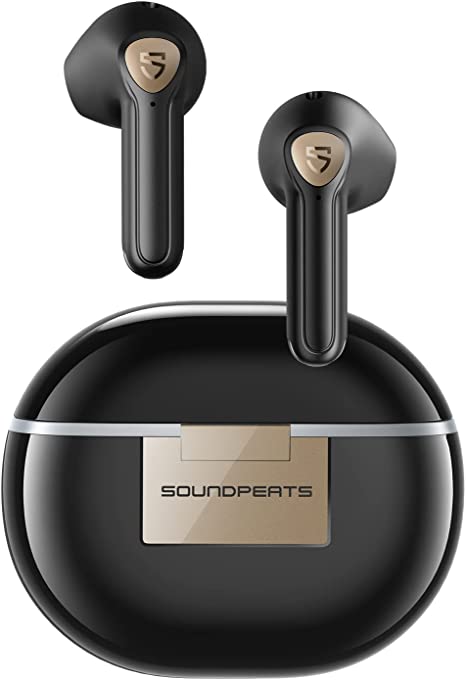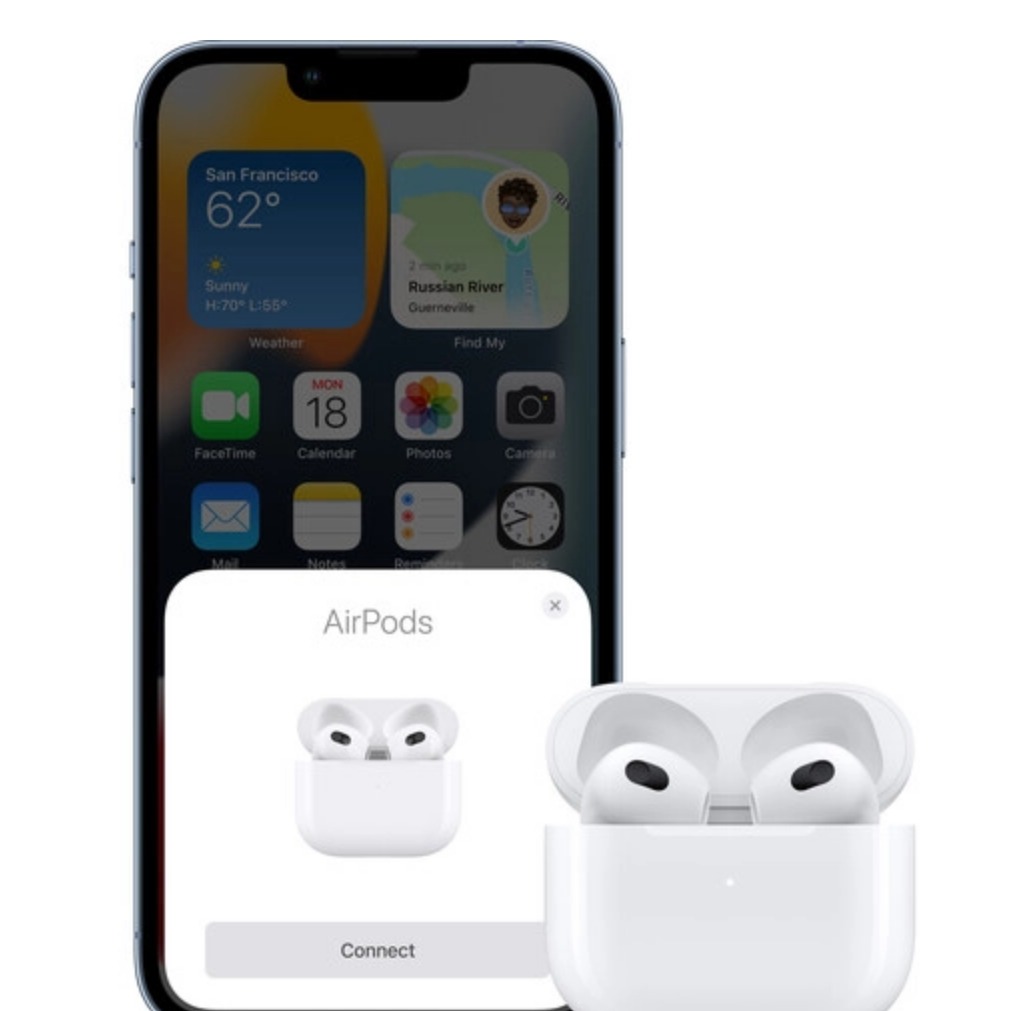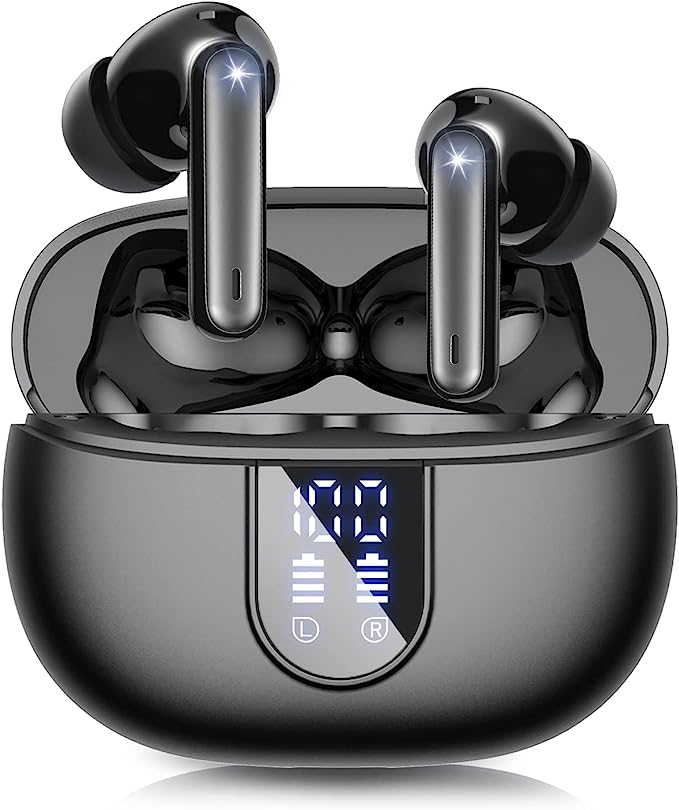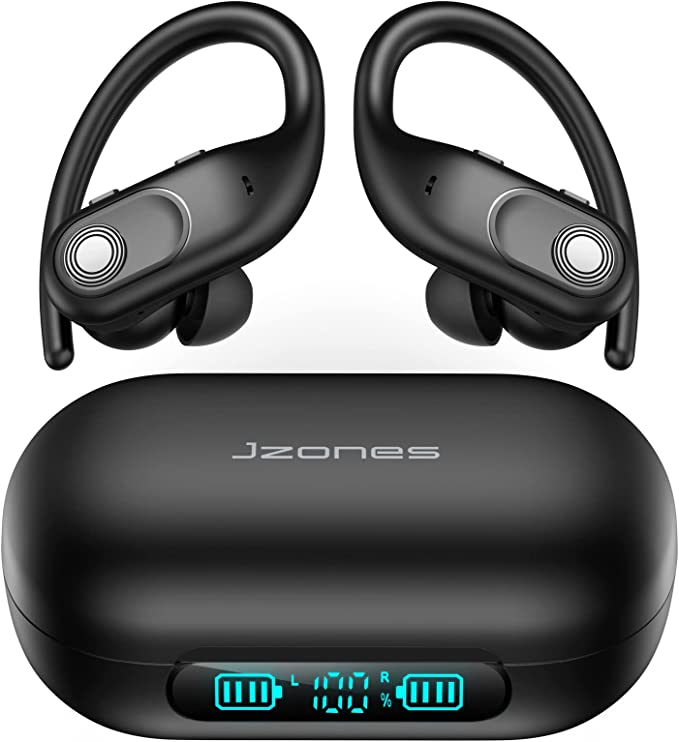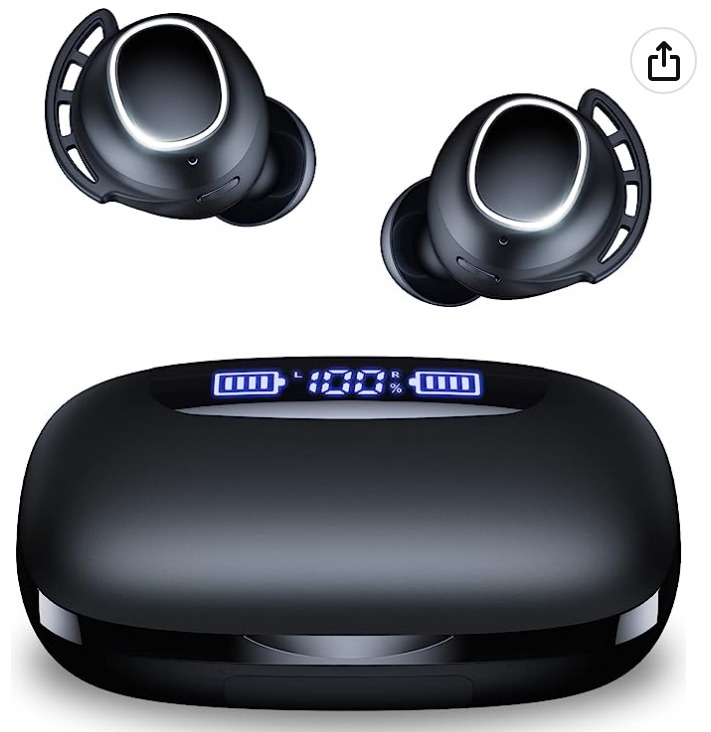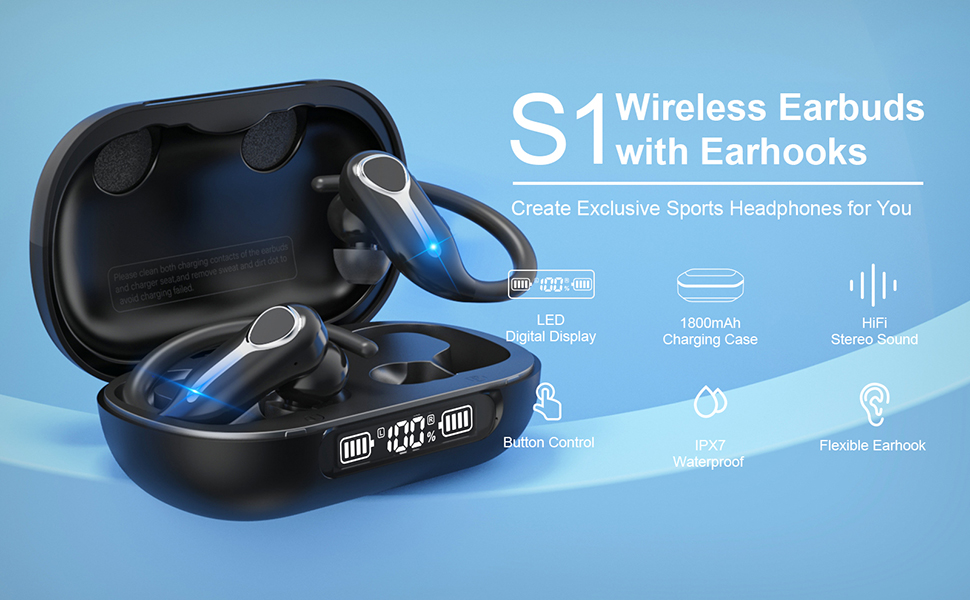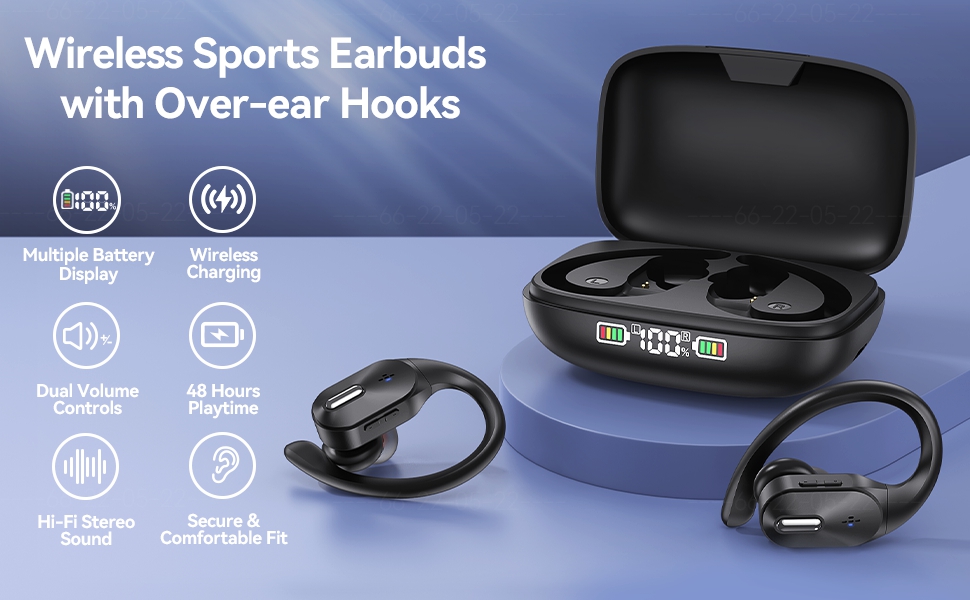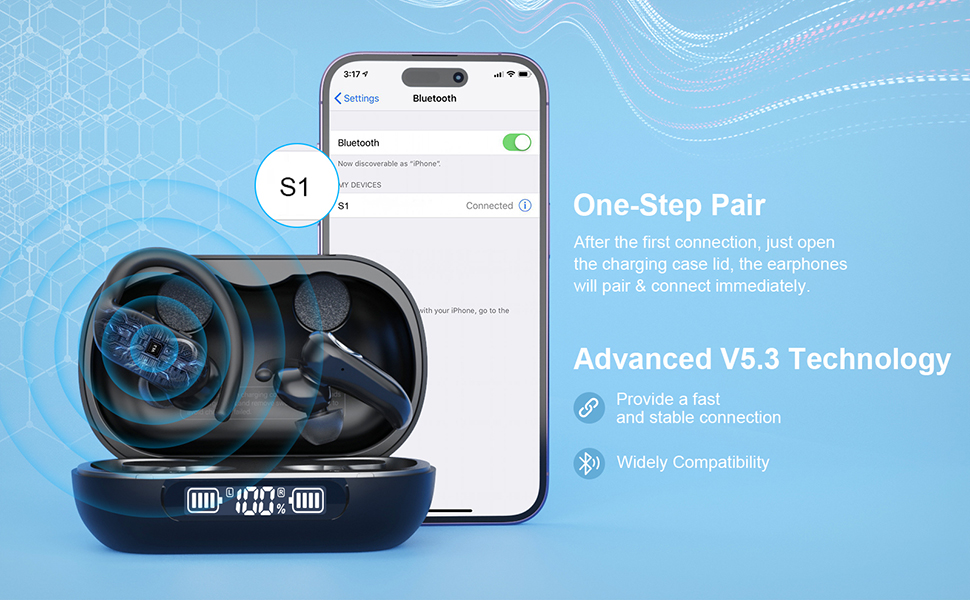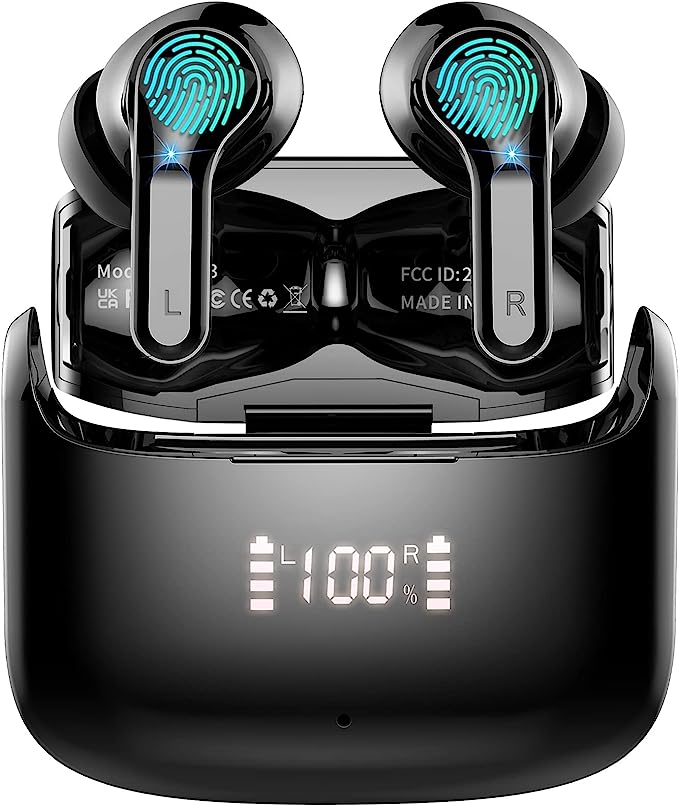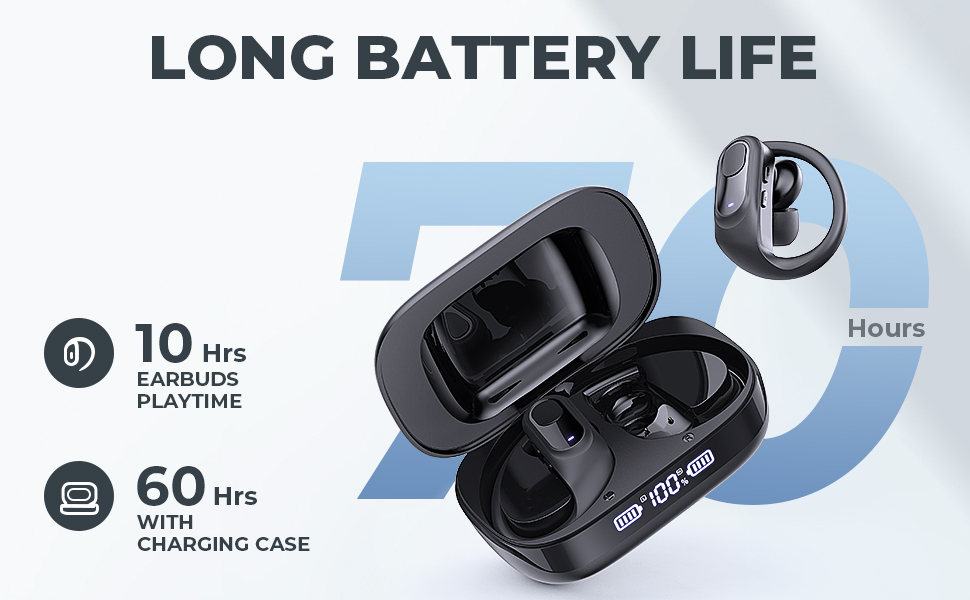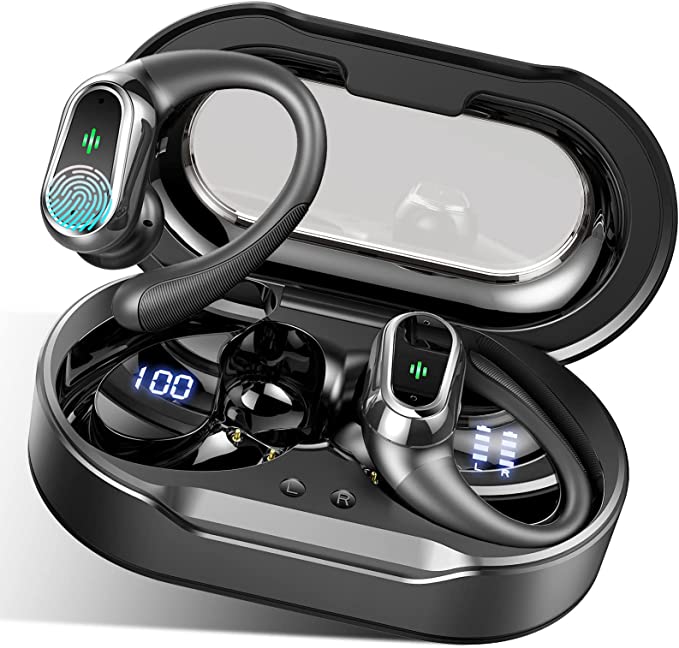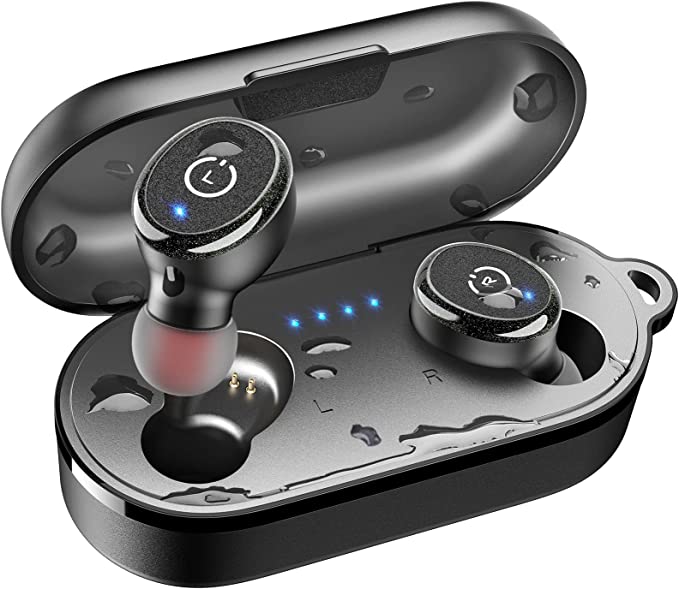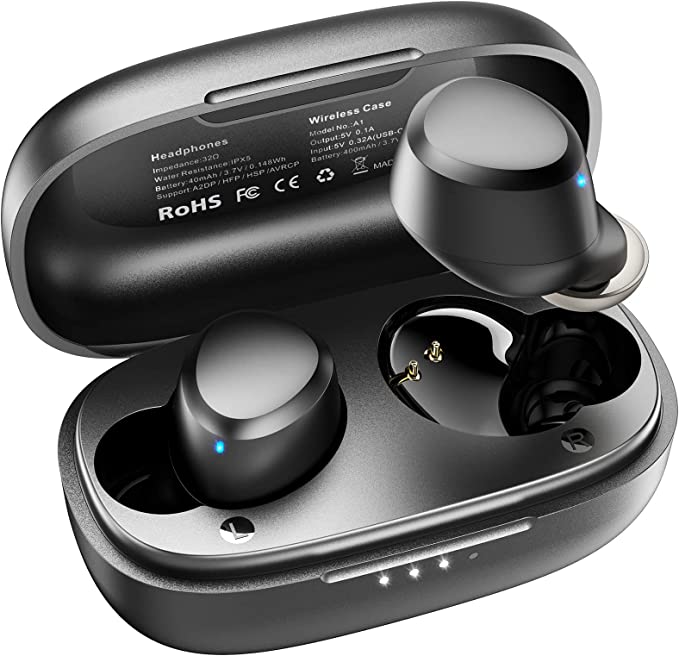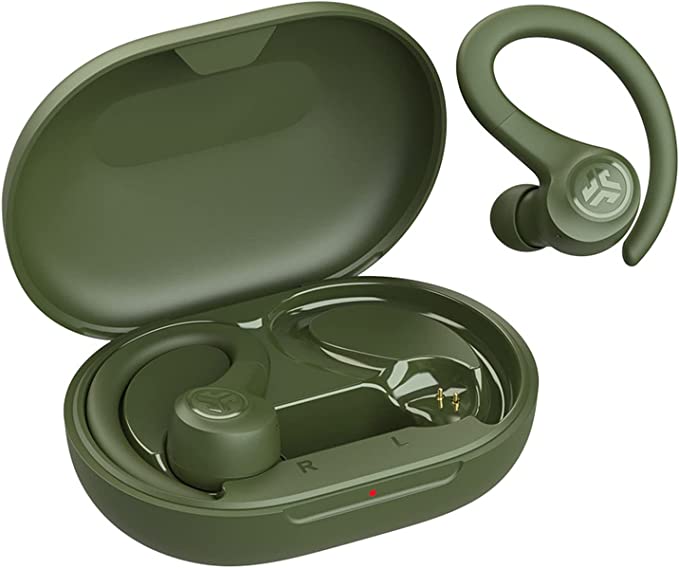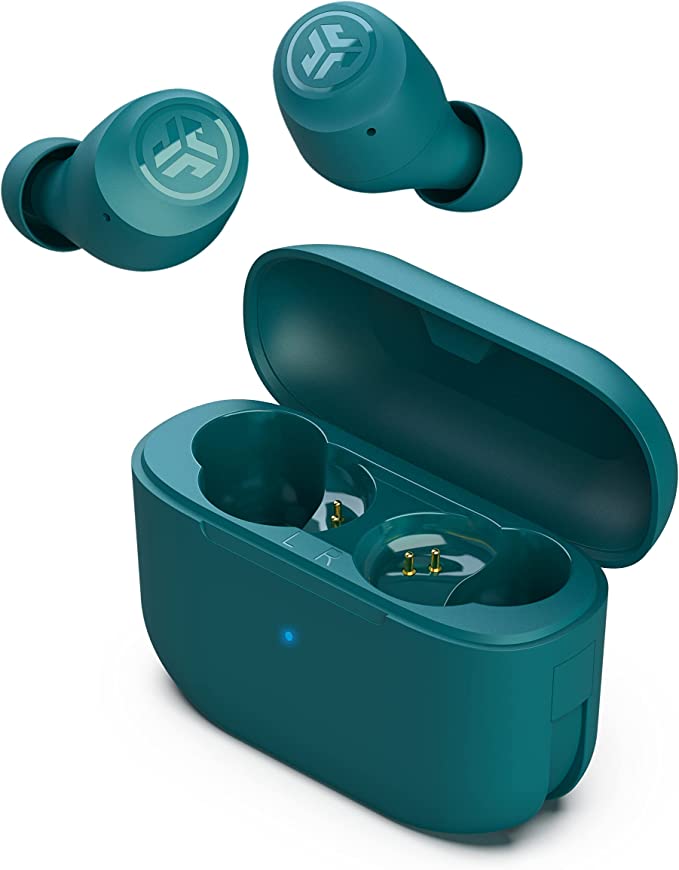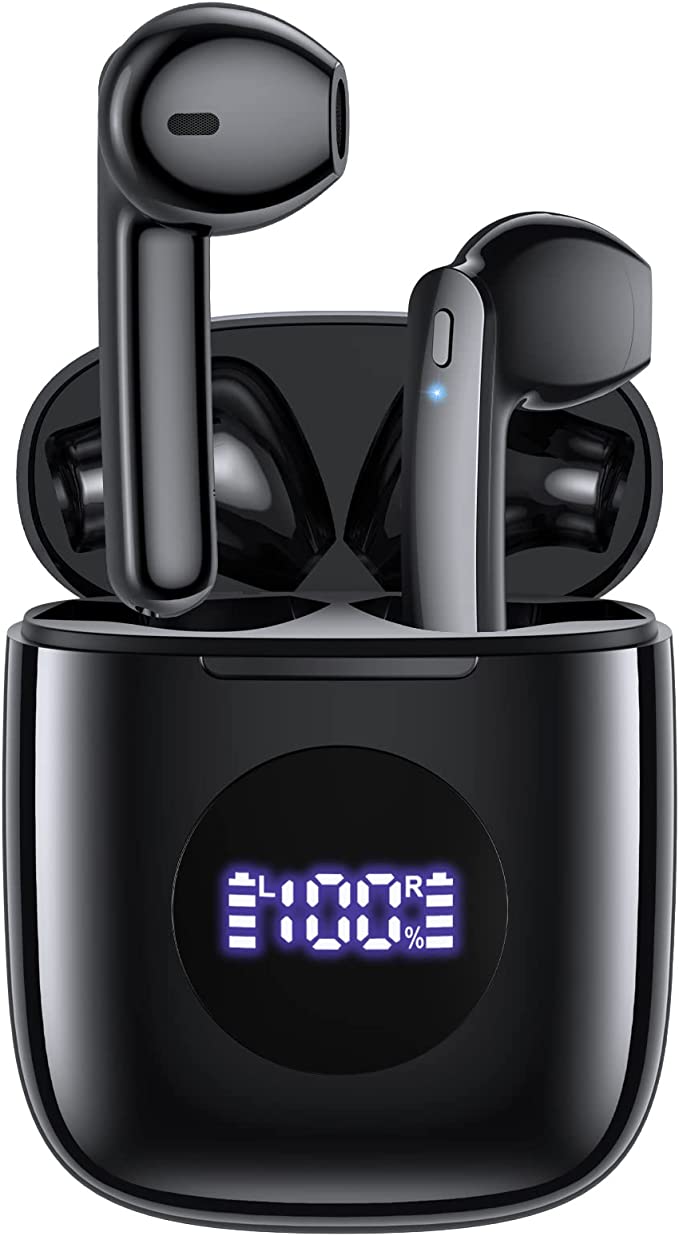OneLito T13S-2 Wireless Earbuds: Unpacking the Tech Behind In-Ear Audio Freedom & Everyday Convenience
Update on May 15, 2025, 4:53 a.m.
There’s a quiet revolution that’s happened right in our ears. Just a few years ago, untangling headphone wires was a daily ritual, a minor frustration we simply accepted. Today, for many of us, tiny wireless earbuds have become almost an extension of ourselves – companions for our commutes, workouts, and moments of musical escape. Products like the (as described in its initial listing) OneLito T13S-2 Wireless Earbuds, Bluetooth Headphones with USB-C Quick Charging Case in Ear Headset IP6 Waterproof LCD Display Premium Sound Deep Bass Ear Buds Sweat Resistant Earphones for Sports/Working (Yellow), even if their market availability fluctuates, offer a fascinating glimpse into the intricate science and clever engineering packed into these everyday marvels.
My name is Dr. Evelyn Reed, and as an audio technology researcher, I find a particular joy in demystifying the technology that so seamlessly integrates into our lives. So, this isn’t a review in the traditional sense. Instead, let’s embark on an exploration, using the features attributed to the OneLito T13S-2 as our map, to understand the elegant principles at play. My hope is to not just inform, but to spark a little more appreciation for these tiny titans of tech.

The Soul of Sound: More Than Just Drivers and Wires (Well, No Wires Here!)
The core promise of any earbud is, of course, the sound. The OneLito T13S-2 listing tempts with “Premium Sound Deep Bass” and the assurance of a listening experience that is “Quiet And More Pleasant.” But what scientific alchemy transforms electrical signals into an immersive auditory experience within such a compact space?
It begins with the drivers – miniature speakers, really – housed within each earbud. These are typically dynamic drivers, which use an electromagnet, a voice coil, and a diaphragm (a thin, vibrating membrane) to produce sound waves. Achieving that coveted “deep bass” in a small enclosure is a significant engineering feat. It’s not just about making the diaphragm “thump”; it’s about controlling its movement precisely and ensuring the tiny acoustic chamber around it is designed to resonate and amplify those low frequencies effectively. Think of it as trying to get the rich resonance of a cello from an instrument the size of a violin – it requires ingenious design.
Then there’s the “Quiet And More Pleasant” aspect, often linked to an “Ergonomic design” and an “invisible fit.” This is where passive noise isolation comes into play. Much like cupping your hands over your ears dims the surrounding noise, a well-designed in-ear earbud, with properly fitting ear cushions (often made of silicone or foam), creates a physical seal in your ear canal. This seal acts as a barrier, significantly reducing the intrusion of ambient sounds – the drone of an office, the rumble of a train, or the chatter in a café. This doesn’t just make your music clearer at lower, safer volumes; it helps create a more focused and immersive personal sound bubble. The better the seal, the richer the perceived bass too, as those low-frequency waves are less likely to “leak” out.
While the T13S-2 product data doesn’t specify the audio codecs it supports (the digital “language” used to compress and decompress audio over Bluetooth), it’s worth noting generally that codecs like SBC (Subband Coding, the universal default), AAC (Advanced Audio Coding, favored by Apple), or various aptX versions also play a crucial role in the final sound quality. Better codecs can mean more data preserved, leading to a richer, more detailed sound.
The Unseen Handshake: Decoding Bluetooth 5.0 and Seamless Connections
The magic of wireless earbuds lies in that “unseen handshake” – the Bluetooth connection that tethers them to your device. The OneLito T13S-2 claims to feature “Bluetooth 5.0 Version,” promising a “Breathtaking and Smooth Connection.” Let’s unpack that.
The name “Bluetooth” itself has a rather charming origin, borrowed from the 10th-century Danish king Harald “Bluetooth” Gormsson, famed for uniting Danish tribes. The founders of the Bluetooth Special Interest Group (SIG) saw it as a fitting metaphor for uniting devices. From its early days enabling simple wireless peripherals, Bluetooth has evolved dramatically.
Bluetooth 5.0, when compared to its predecessors like Bluetooth 4.2, brought several key enhancements to the table. Think of it as upgrading a winding country road to a multi-lane highway for data. It offers the potential for:
- Twice the speed: Data can be transferred faster, which can be beneficial for higher quality audio streams.
- Four times the range: In ideal, open-air conditions, the connection can stretch much further, though walls and interference will always reduce this in practice.
- Greater broadcast capacity: Useful for location services, but also indicative of a more robust overall system.
- Improved power efficiency: Critical for small, battery-powered devices like earbuds, allowing them to last longer on a single charge.
These improvements collectively contribute to a more stable and reliable connection, reducing those annoying dropouts or stutters. When the T13S-2 description mentions “no delay for games, music, and movies,” it’s referring to latency. While achieving truly zero delay is an almost insurmountable challenge in wireless audio due to the encoding, transmission, and decoding steps, Bluetooth 5.0 (and associated low-latency codecs if supported) significantly minimizes this lag. This is crucial for watching videos, where out-of-sync audio and video can be jarring, or for gaming, where a split-second audio cue can make all the difference.
The initial pairing process, as one user review for the T13S-2 noted, is often simplified these days: “The earbuds are already paired together, so you simply just have to pair them to your phone.” This pre-pairing between the two earbuds is a hallmark of True Wireless Stereo (TWS) technology, making the setup much more user-friendly than in the early days of wireless audio.
The Lifeblood: Battery Longevity and the Convenience of Modern Charging
A wireless world is a battery-powered world, and for earbuds, this is a constant balancing act between size, weight, and endurance. The OneLito T13S-2 product information mentions a “Continuous 300 hours standby time under full charge power” and “4 hours talking time and continuous music connection.”
Let’s differentiate these. Standby time is how long the earbuds can remain powered on and connected (or ready to connect) without actively playing audio or being used for calls. It’s a bit like a car idling – consuming minimal power. The 4-hour playback/talk time is the more critical figure for active use. This duration is a result of the interplay between the capacity of the tiny lithium-ion batteries within each earbud and the power efficiency of the Bluetooth chip and audio processing components. Modern chipsets are designed to sip power judiciously, especially during periods of low activity.
The charging case is the unsung hero here. It’s not just a convenient place to store your earbuds; it’s a portable power bank. The T13S-2’s case features USB-C Quick Charging. USB-C is a fantastic advancement for several reasons:
- Reversibility: No more squinting and fumbling to plug the cable in the right way up.
- Higher Power Delivery: USB-C standards can support significantly faster charging speeds than older USB types, meaning less downtime for your devices. “Quick Charging” implies the case itself can be recharged rapidly, and in turn, quickly top up the earbuds.
- Durability and Ubiquity: It’s a robust connector that’s becoming the standard across a vast range of electronics, meaning you might need fewer cables in your life.
The product title also mentions an LCD Display on the case. This is a handy feature, often providing a visual indication of the case’s remaining battery percentage, or the charging status of each individual earbud. As one user review pointed out, an “indicator light on the exterior” helps you know when it’s time to recharge the case itself.
Ready for Real Life: Durability and Intuitive Interaction
For earbuds to be true companions for “Sports/Working,” as the T13S-2 is marketed, they need a degree of resilience and must be effortless to control.
This brings us to IPX4 Waterproofing. Let’s decode that “IP” rating. “IP” stands for Ingress Protection, and it’s a standard (IEC 60529) that defines how well a device is sealed against the intrusion of foreign objects (like dust, indicated by the first digit) and moisture (indicated by the second digit).
- The “X” in IPX4 means the device hasn’t been specifically rated for dust protection (or the manufacturer chose not to test/declare it).
- The “4” signifies protection against splashing water from any direction for at least 5 minutes.
So, what does this mean in practical terms for the T13S-2? It means they should comfortably withstand “sweat and rain” – perfect for a gym session, a run in light drizzle, or just the general humidity of an active day. However, IPX4 does not mean they are fully waterproof for submersion, so a swim is definitely out of the question! It’s like having a good quality rain jacket that keeps you dry in a downpour, but you wouldn’t expect it to protect you if you jumped into a lake.
Beyond durability, there’s the ease of use, exemplified by the “One-touch Operation.” Many modern earbuds, including what’s described for the T13S-2, use capacitive touch sensors rather than physical buttons. This is the same fundamental technology used in your smartphone’s touchscreen. The sensor detects the slight electrical charge your fingertip carries, registering a “touch.” This allows for a sleeker design and can be more durable as there are no moving parts to wear out. A user review for the T13S-2 detailed this well: “I simply touch the exterior of the earbud, and it will cycle through the different modes… Each earbud has the ability to control the different modes. I can answer my phone and reject calls with these. And the left earbud allows me to go to the previous track. And the right earbud allows me to skip tracks. The left earbud is in charge of decreasing the volume and the right earbud is the controller for increasing the volume.” This level of control without needing to constantly reach for your phone is a significant part of the convenience wireless earbuds offer.
The Sum of Its Parts: An Integrated Marvel
It’s easy to look at each feature in isolation, but the true marvel of modern wireless earbuds like the OneLito T13S-2 (as described) lies in how these diverse technologies – acoustics, wireless communication, battery science, material resilience, and intuitive interface design – are all miniaturized and integrated into a cohesive, user-friendly package.
When users mention that these earbuds are “Cute n very small” or appreciate the “Pocket size case,” it’s a testament to the incredible advancements in microelectronics, battery density, and efficient industrial design. Every cubic millimeter is precious, and engineers work tirelessly to optimize space without compromising performance or durability excessively.
Closing Thoughts: The Ever-Evolving Soundscape
The journey through the technology packed into a pair of wireless earbuds like the OneLito T13S-2 reveals that these are far more than simple accessories. They are sophisticated pieces of engineering, born from decades of research and development across multiple scientific disciplines. While the availability of any specific model can change, the underlying technologies continue to advance at a breathtaking pace.
Understanding a little more about what goes on “under the hood” doesn’t just satisfy curiosity; it empowers us as consumers to better appreciate the innovation we hold in our hands (or ears!) and to make more informed choices. The quest for better sound, more stable connections, longer battery life, and greater convenience is relentless.
The future of wireless audio is undoubtedly exciting. We’re already seeing trends towards even higher fidelity audio with new Bluetooth standards like LE Audio, more immersive spatial sound experiences, and AI-driven enhancements for noise cancellation and personalized audio. It’s a vibrant field, and I, for one, am always eager to see – and hear – what comes next. For now, take a moment to appreciate the unseen symphony of science that brings your favorite music or podcast to life, wirelessly and wonderfully.
